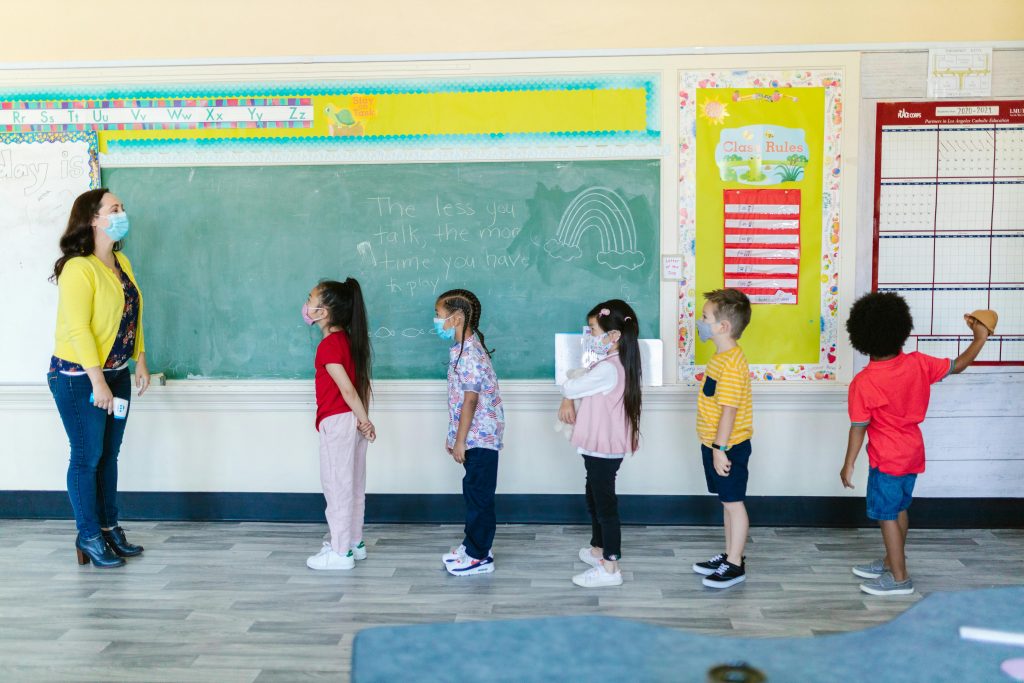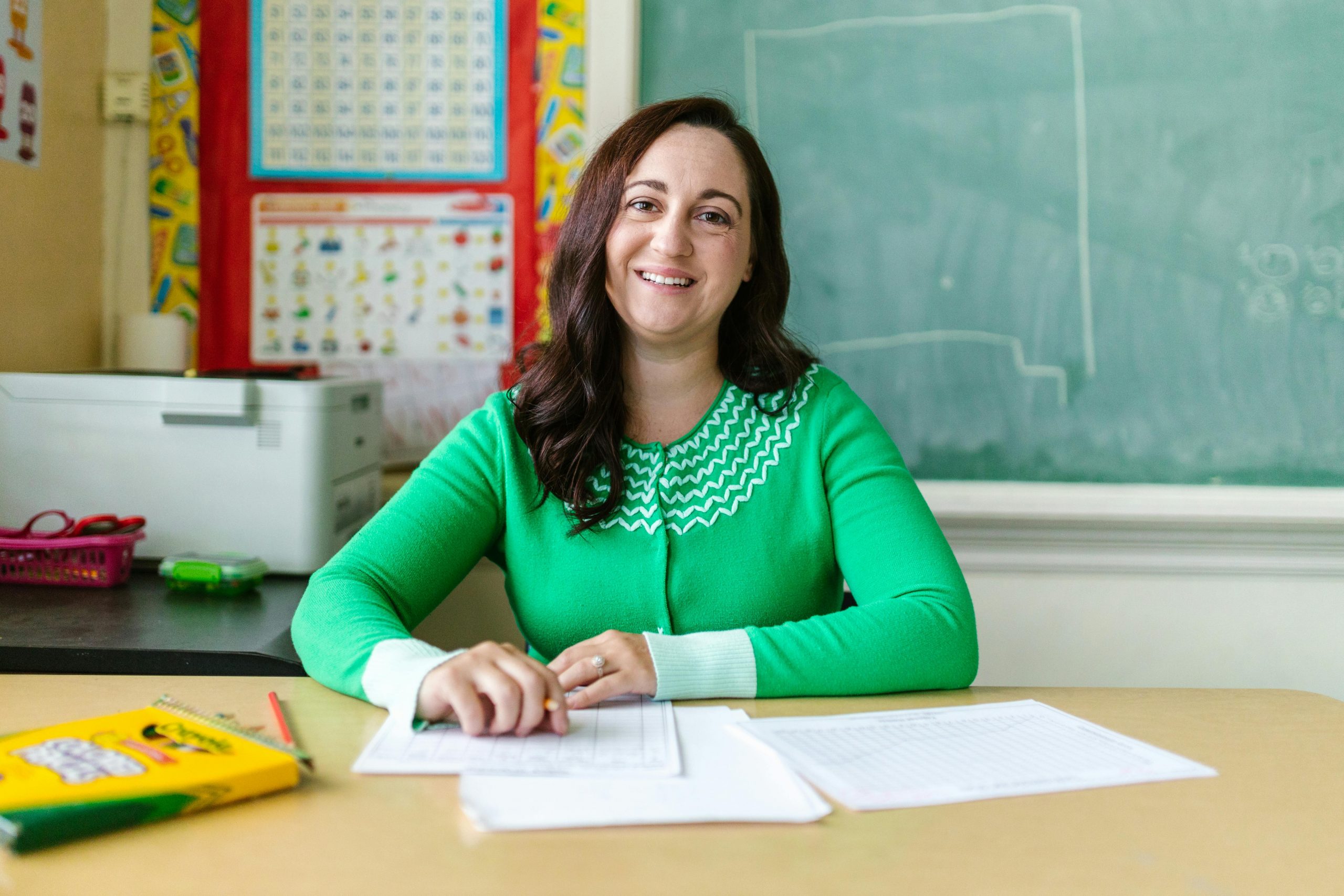In my classroom, I once had a student who I’ll refer to as Nathan who frequently disrupted lessons with outbursts and defiance. Initially, I resorted to the traditional timeout method, isolating him from his peers to give him time to calm down. However, this approach seemed to exacerbate his frustration and led to repeated incidents. It was clear that timeout wasn’t working, so I decided to try a different approach: time-in.
One day, after another disruptive episode, instead of sending Nathan to the corner, I invited him to sit with me at a separate table. I acknowledged his feelings, saying, “I can see you’re really upset right now. Let’s take some deep breaths together and talk about what’s going on.” This simple act of connection made a noticeable difference. Nathan began to open up about his frustrations and struggles, and we discussed ways he could express his feelings without disrupting the class.

Over the next few weeks, I continued to use time-in with Nathan and other students who exhibited challenging behaviors. I created a calm-down corner equipped with sensory toys and calming visuals where students could go to relax and reflect without feeling isolated. I also incorporated mindfulness practices and problem-solving discussions into our daily routine. Gradually, I noticed a shift in the classroom dynamic. Students were more willing to talk about their emotions, and disruptions became less frequent.
Implementing time-in not only helped improve student discipline but also fostered a more supportive and empathetic classroom environment. Nathan, in particular, began to thrive, showing significant improvements in both behavior and academic performance. By prioritizing connection and understanding over isolation, I was able to create a positive space where students felt valued and heard, leading to a more harmonious and effective learning experience for everyone.









